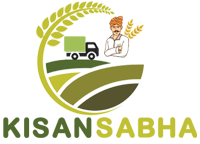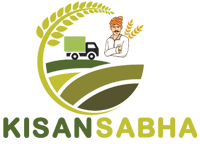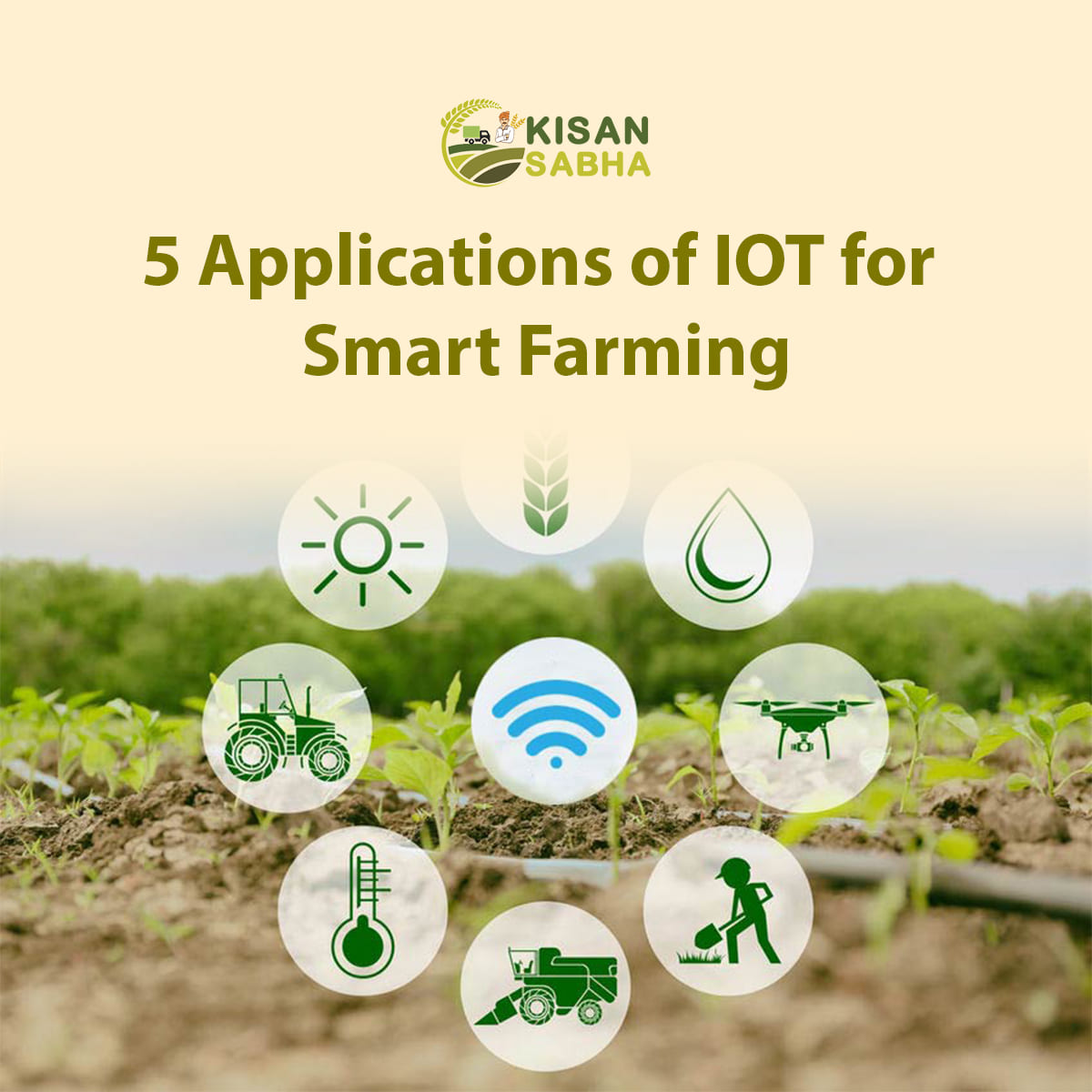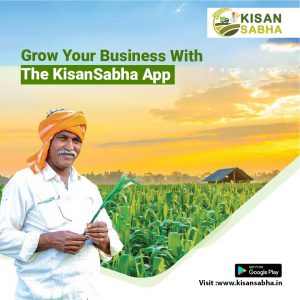The Internet of Things (IoT) makes daily work easier and shapes production efficiency as well. So, you do not undermine its potential for extraordinary outcomes. Go through the basic concepts and ensure the best possible outcome. The Internet of Things (IoT) recommends the best method to deal with crop production in no time. So, we wind up with benefits associated with the agricultural technologies in the list as follows:
- Increased productivity.
- Lower cost.
- Better quality product.
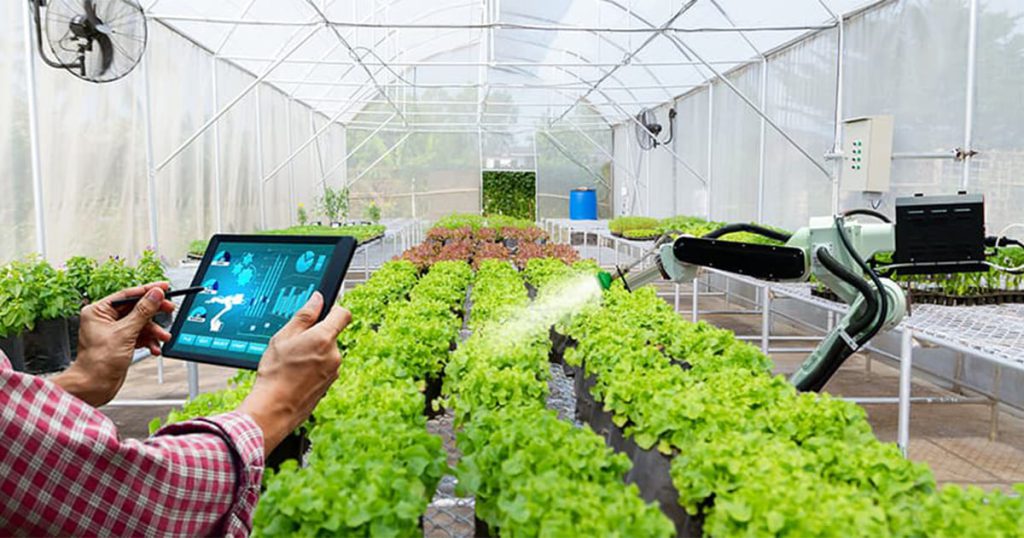
How does IoT reflect its Grand Presence in Agriculture?
Likewise old days, you became free to monitor the crop anywhere and anytime. Physical reach is not mandatory to feed your crop-oriented goal.
If you focus on improving productivity, move on to better applications in IoT. It provides the chance to do other work along with farming practices. As a result, you depend on your livestock for other activities. Investment in Applications in IoT to sustain the positive outlook in the agriculture sector. While pursuing farming goals, you also pay attention to business professions.
The second benefit of using Applications in IoT is under budget. So the farmer fulfill their smart farming dream and level up their agricultural marketplace. While casting through analysis, the investment cost is low as compared to traditional methods. For instance, they have low investment costs and minimum energy usage.
Furthermore, this device has a warranty for a specific time frame. In other words, you return it if your IoT agriculture application does not work. If it is not repaired, then it could be replaced. Ensure the most supposed conditions for whatever the condition.
Last but not least, Applications in IoT claim a better quality product. It reveals to the farmers how to monitor and adjust the process. In short, you are on the cutting edge of cultivating and harvesting high-quality crops. The farmers, who do not use IoT technology in agriculture, find it hard to get quality crops.
Also Read:-Ensure Nutritional and Health Security Through Horticulture
Adaptability of IoT in Agriculture
Switching to smart farming is an ideal option for those farmers who grow food supplies sustainability. The hi-tech and effective system in IoT does not bear challenges. This application merges connected devices and innovative technologies to streamline yield-specific work. So, farmers do not align with manual practice and maintain accuracy. As a result, farmer extends their productivity without hampering their yield quality.
Recent agriculture depends on IoT, which has countless benefits. For instance, it ensures efficient water usage, resource optimizations, and many more. Research properly to distinguish the most possible benefits and how they shape modern agriculture.
Real-time monitoring improves agriculture. The addition of sensors and internet connectivity not only saves customers’ time but also water and electricity usage. Besides, it works on many factors such as humidity, temperature, and soil, and indicates what happens. The sum and substance of IoT is to get exact information for agriculture-related services.
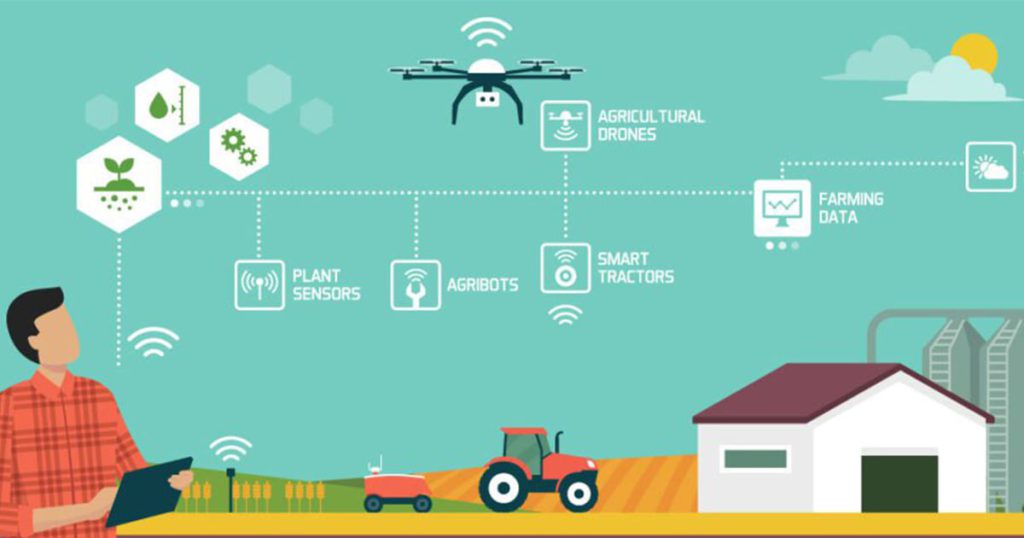
Brief Details of IoT Agriculture Application for Smart Farming
The pretty plant requires many considerations to grow well. Being a producer, you do not overlook. Otherwise, it casts a drastic change in yield. As a result, resisting particular crop imports is needed to fight food security challenges.
Climate Conditions
Climate is an important parameter to define a crop in a specific geographical area. Keep accurate climate knowledge. Otherwise, you have to compromise quantity and quality. So, IoT solutions help you find the weather conditions. The inside and outside sensors are placed in your farming land. They collect the environmental data to choose crops that suit perfect In the specific climate conditions perfectly. The whole ecosystem contains sensors to figure out humidity, rainfall, temperature, etc.
The different sensors are available to go through all the parameters and accomplish smart farming. By the way, the sensor checks out the crop conditions and surrounding weather. If you find the weather in the bottleneck, then an alert message will be received.
Precision Farming
Precision farming is one of the best applications in IoT as it reveals better practices. If you use the application, you can monitor livestock, vehicles, and field observations. Besides, you do the inventory management. It aims to analyze data, generate sensors, and take action accordingly. Capturing data is possible with the sensor’s help and the information that leads to making intelligent and on-time decisions.
Out of the different precision farming techniques, you stay tuned with effectiveness and efficiency. The most observed precision techniques are irrigation management, livestock management, and vehicle tracking. The crop with precision farming claims to keep suitable nutrients.
Green House
The IoT has launched some weather conditions to customize it according to the surroundings. In this way, greenhouse gases become much better than the prior version. Implementing the IoT in a green greenhouse does not take human intervention. As a result, the entire process becomes cost-effective and highly efficient. Solar power-rich facility introduces an inexpensive and effective greenhouse. While using sensors meaningfully, optimize the water consumption to sustain crops for the next generations. In addition, the sensor is effective in spotting other geographical information like pressure, humidity, temperature, and many more.
Data Analytics
The old database has space scarcity to retain data from IoT sensors. The emergence of cloud-based data comes with enough space to seize maximum data for implementing smart agriculture practices. When you capture the right information, you ensure that the activities are required for incredible cultivation. Sensors act as the cornerstone to collect data on a large scale. After that, data analytics refines the meaningful data for farming practice betterment.
Once you compare data, you can decide better for the weather conditions, finalize the crop, and improve livestock. If you capture relative details with sensors, you know the real-time status of the crop. Besides current weather conditions, you know upcoming weather conditions and crop harvesting. Showing 100% dedication to data analytics, better fertility power of your land. Crop volume automatically scales to some extent.
Agriculture Drone
Technology advancement has brought many changes and boosted productivity. The drone is a new trend in agriculture that pays off on investment through many farming tasks. Do not lie in uncertainty, and drones are worthwhile for crop health, monitoring, planting, spraying, and field observation. The Drone is enriched with thermal and multispectral sensors, which identify areas for irrigation. As soon as a crop reaches maturity, they assess its health and reveal the vegetation index as well.
Conclusion
IoT-based agriculture holds the power to provide modern agriculture solutions. Do not suspect how your crop yields in a specific field. All revealed methods are tested and show unprecedented growth in agriculture. In other words, you treat IoT as a tool to bridge the difference between quality, quantity, and production.
Data collection and its usage will ensure the availability of what changes you need. As a result, there is less chance of crop damage. After that, absolute operations and planned business hierarchy are used to achieve a faster end-user product. The High-quality and attractive packaged products are supposed to get a decent selling price in the agriculture marketplace.
